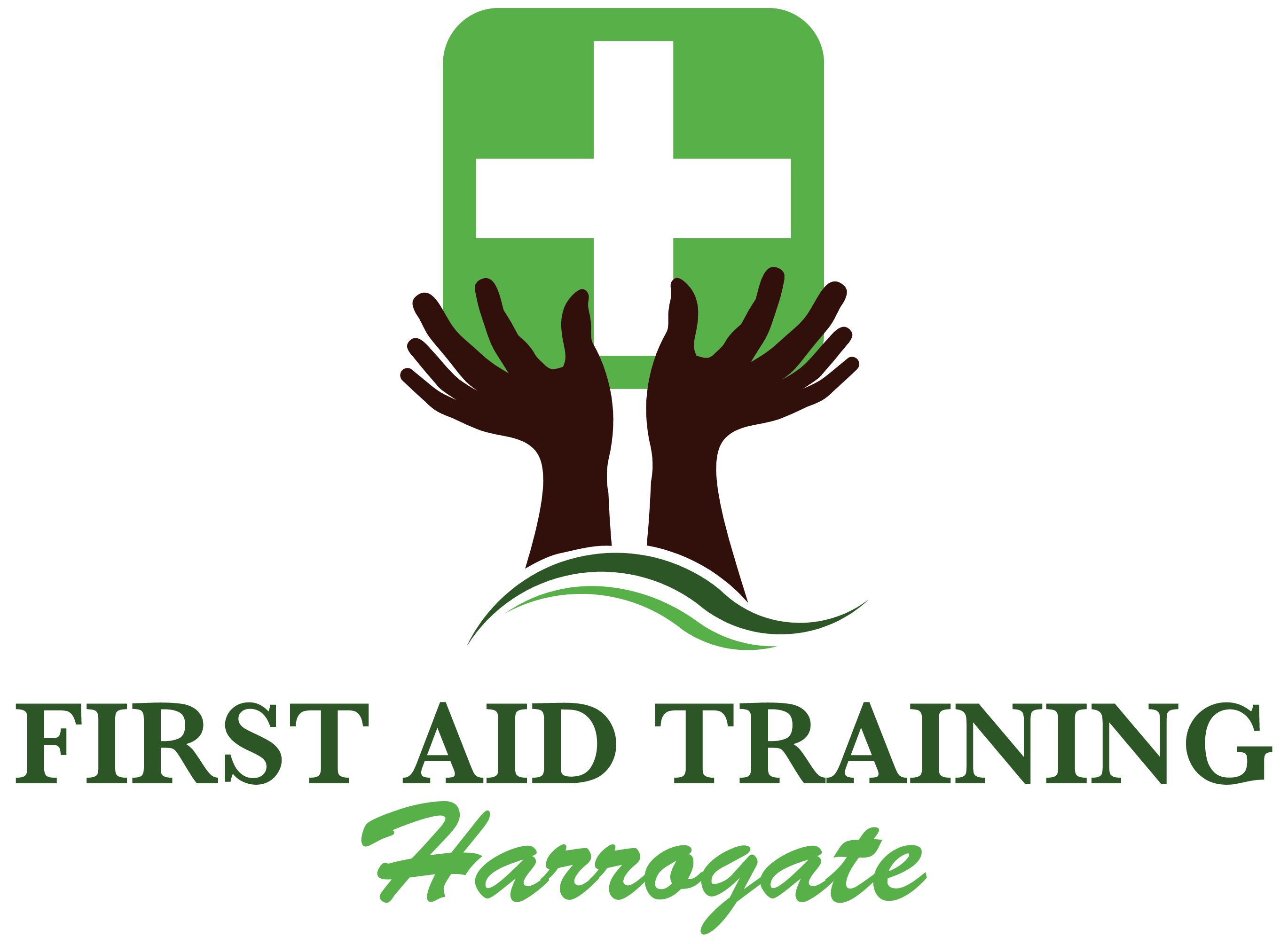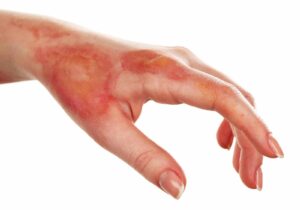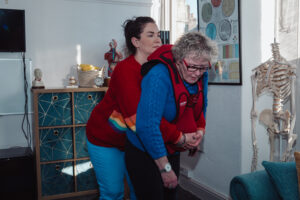Sunstroke or heatstroke is the result of prolonged exposure to high temperatures. It is usually combined with severe dehydration and can be very dangerous. The medical definition of sunstroke is a core body temperature that is over 104 degrees Fahrenheit and that won’t cool down. Heatstroke is a medical emergency, and even with treatment, it can be life-threatening or result in serious, long-term complications.
This guide aims to help you diagnose the symptoms of sunstroke as well as providing you with first aid essentials to help someone who you think might be suffering from the condition.
Who can get sunstroke?
Anyone can get sunstroke if they are exposed to high temperatures, although it mainly affects people over the age of 50. It also frequently takes a toll on healthy young athletes, who carry out excessive or vigorous exercise. Heatstroke often occurs as a progression from milder heat-related illnesses such as heat cramps and heat exhaustion, however, it can strike even if you have no previous signs of heat injury.
Symptoms of sunstroke
The ultimate symptom of heatstroke is a core body temperature above 104 degrees Fahrenheit, however, you might not always have a thermometer to hand. Fainting may also be one of the first signs of a sunstroke victim.
Other symptoms may include red, hot and dry skin, a throbbing headache, feeling dizzy, muscle weakness, nausea and vomiting, rapid heartbeat, shallow breathing and confusion or disorientation. Severe cases might also cause seizures and unconsciousness.
First Aid for sunstroke
If you suspect that someone has sunstroke, then you should immediately call 999 for urgent medical assistance. Any delay in seeking medical help can be fatal. Try and get help from someone else who is nearby as they can be on hand to look for the paramedics when they arrive and give ongoing updates.
While waiting for the ambulance to arrive, you should move the person into a cool, shaded area and remove any unnecessary clothing. Try these cooling techniques to help lower the person’s temperature:
- Fan air over them while wetting their skin with water from a sponge or wet towel.
- Apply ice packs to the patient’s armpits, groin, neck, and back. Because these areas are rich with blood vessels close to the skin, cooling them may reduce body temperature.
PLEASE Note: Do not use ice for older patients, young children, patients with chronic illness, or anyone whose heatstroke occurred without exercise – doing so can be even more dangerous.
- Immerse the patient in a tub of cool water or spray down gently with a spray hose.
- If the person is awake and alert enough to swallow, give the person cool fluids (not too ice cold). Ensure that the person is sitting up enough so that he or she does not choke. Most people with heatstroke have a changing level of consciousness and cannot safely be given fluids.
Do not give aspirin or acetaminophen to reduce a high body temperature that can occur with heatstroke. These medicines may cause problems because of the body’s response to heatstroke.
If the person has stopped breathing or loses consciousness, begin CPR and rescue breaths until the ambulance arrives.
First Aid Harrogate provides courses to arm with you all the necessary skills to provide first aid assistance to those in need. Courses can be tailored to your needs and can be held at your workplace if required. Please get in touch for more information.








